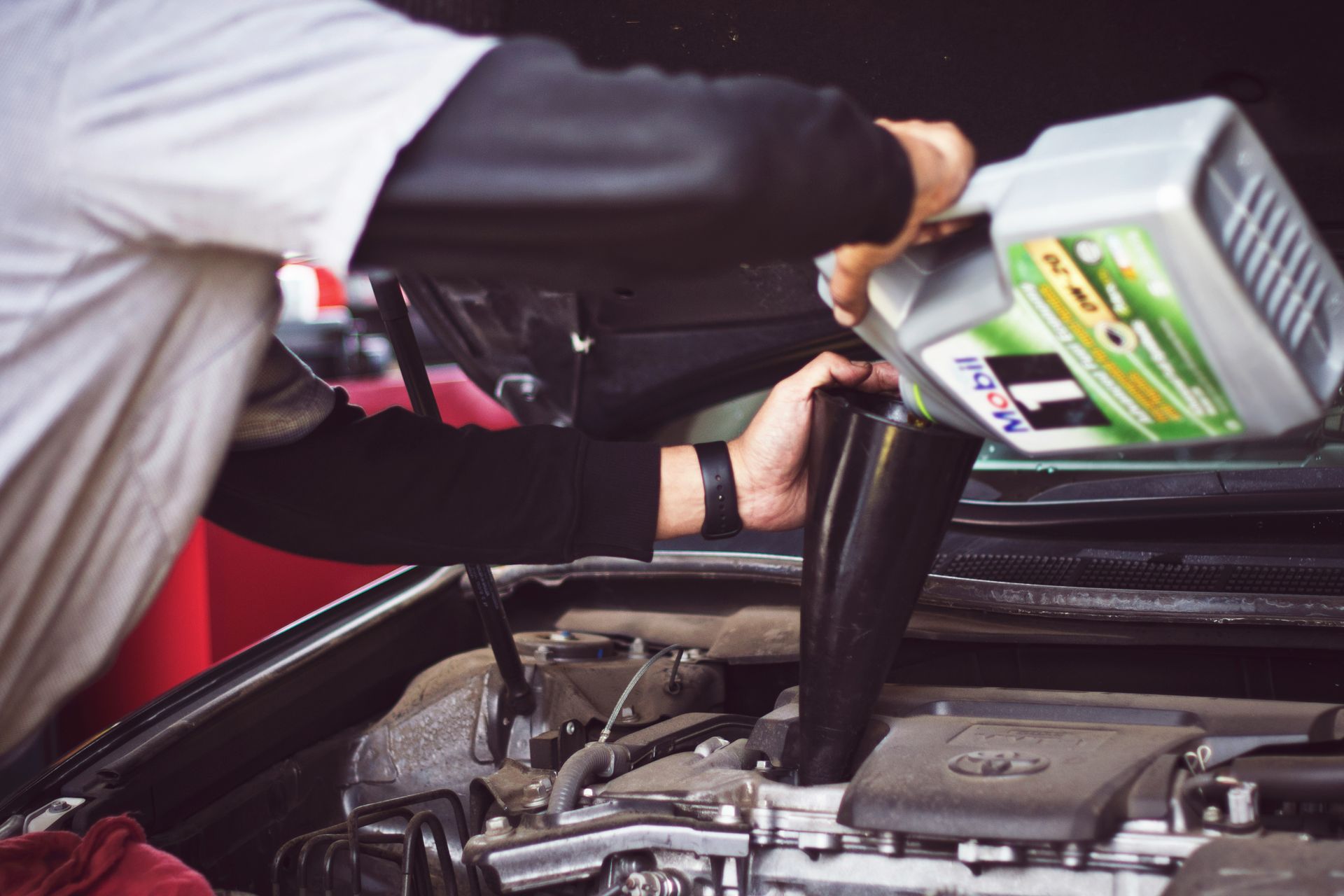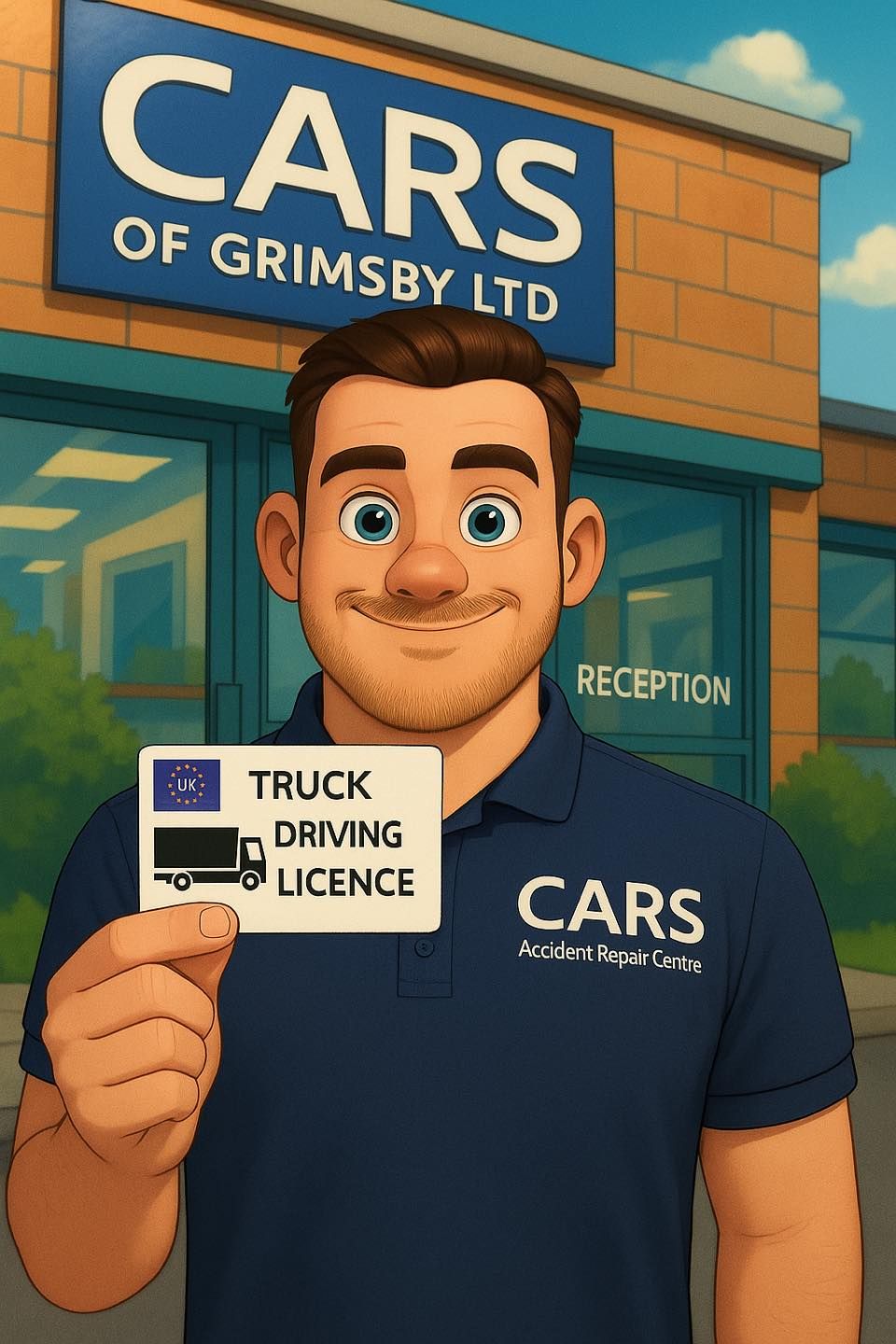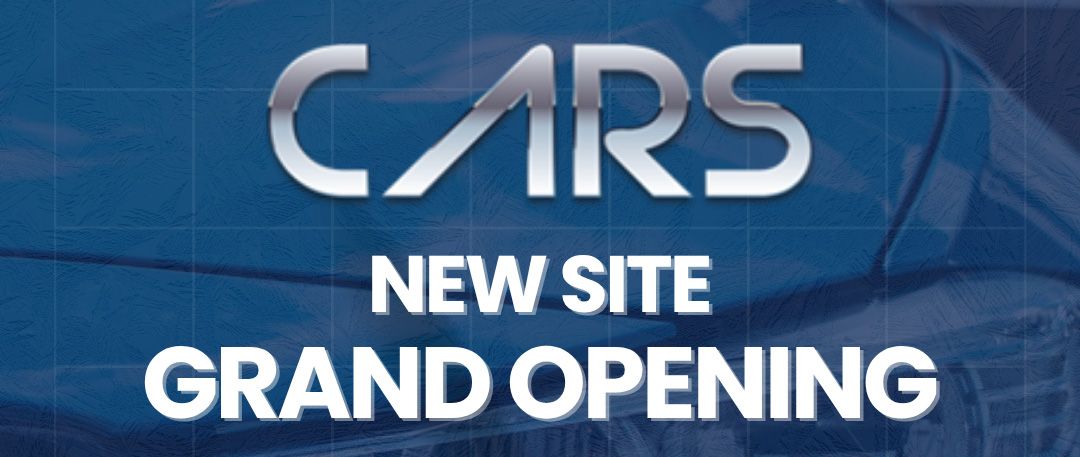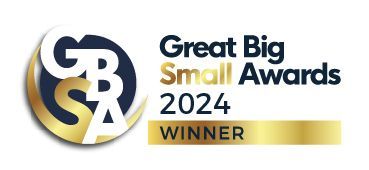What should I look out for when purchasing car insurance?
Car insurance is essential in giving you financial protection in the event of an accident.
What is fully comprehensive insurance?
Fully comprehensive insurance pays out if you damage your car, someone else’s car or cause injury in an accident, even if you’re not at fault. You might also be covered for other events, such as vandalism, for example.
What is third party insurance?
This is the minimum level of cover you can legally hold unless you officially register your car as off-road with a Statutory Off-Road Notification (SORN). This type of policy covers the costs of damage you cause to someone else’s vehicle, as well as any injuries you may cause to a third party. There is no cover if your own car is damaged or stolen.
What is third party, fire and theft insurance?
As above, this covers other people but offers you no protection if your own car is damaged in an accident. This type of policy differs from generic third-party insurance in the way that it covers repairs or replacement if your car is stolen or damaged by fire.
What are car insurance groups?
All cars are assigned a car insurance group from 1 (lowest/ cheapest) to 50 (highest/ most expensive). Your insurer will take this into consideration when calculating your forthcoming premiums. The insurance groups are subject to change and are dependent on several factors, such as:
- The value of the vehicle
- The vehicle’s safety and security features
- The vehicle’s performance
- Potential repair costs
As well as numbered groups, lettered suffixes are also allocated to each vehicle, which correlate to the safety level, as follows:
- A = Meets the level of security requirements for this vehicle.
- D = Does not meet the security requirements for this type of vehicle. This may increase the group allocation of the vehicle and subsequent repair cost.
- E = Exceeds the security requirements for this type of vehicle. This may decrease the group allocation of the vehicle and subsequent repair cost.
- P = There is not enough available data to classify the car into an insurance group. The rating is therefore classed as provisional.
- U = The operative level of security is unacceptable. Usually, the insurer may require you to upgrade the vehicle’s security before providing cover.
- G = Applies to imported vehicles which were not built for the UK market.
It is therefore worth noting that ensuring your vehicle has appropriate safety and security measures could result in a lower insurance group classification and lower premiums.
We also recommend exploring the potential cost of car insurance before purchasing a new vehicle. Visit our blog ‘How do I choose the right insurance company for me?’ for further information.
What is no-claims bonus?
Most insurers offer you a discount for not claiming on your policy. The discount increases with each year that you don’t make a claim, subsequently reducing your premiums. If you have an accident and you make a claim on your car insurance, you may lose part or all of your no claims discount, therefore pushing your premiums up.
It is important to note that this may remain the most cost-effective option if you need to make a claim following an accident, due to relatively high repair costs.
Protected no claims bonus is where an element of cover is placed on your standard no claims bonus, meaning you can make claims without affecting your discount. Insurance companies may, however, place a limit on the number of claims you can make before losing the additional protection.
What is insurance excess, and do I have to pay it?
The level of compulsory excess is decided by your insurer. The voluntary excess is an amount selected by you, which you agree to pay in the event of a claim. You should therefore make sure you select an affordable excess amount. Usually, the higher the excess, the lower the premiums. At CARS, we offer to help our customers with their excess to make the cost of their claim more manageable.
Will I have to take my vehicle to my insurer’s approved repairer?
In short, no. Your insurance company may try to tell you that you can only use one of their approved repairers, but this is not the case. It is your legal right to take your vehicle to a repair centre of your choice.
Your policy may state that an additional fee will become payable if you choose to take your vehicle to a repairer of your choice, or that they won’t give you a courtesy vehicle. A local repair centre, like CARS, would be able to help you with this additional premium and could also provide you with a courtesy vehicle for as long as required.
You should ask for the following information in respect of the insurance company’s approved repairers:
- Location – It is possible that your insurance company may not have any approved repairers local to you and there may also be additional travel or recovery costs associated with getting your vehicle to the garage. It is also possible that it might not be safe to drive to the repairer if your vehicle isn’t road-worthy after an accident. Furthermore, the approved repairer may not be willing to offer you a courtesy vehicle.
- Customer Service and Reviews – Before purchasing a product or service, you would usually look at reviews of, say, your top-three choices and pick the best. Insurance companies are unlikely to take this into consideration when agreeing their list of approved repairers. It’s possible that you may receive a better service by taking the vehicle to a local repair centre of your choosing.
- Repair methods – Several insurance companies grant their approved repairers the use of second-hand or non-genuine parts during a repair. This can alter the safety and performance of your vehicle. Ultimately, your car should be returned to the state at which the manufacturer intended upon originally leaving the factory.
You may find it effective to use a local broker when arranging car insurance, or if you want just a simple chat, feel free to give us a call and we can offer you impartial advice.












